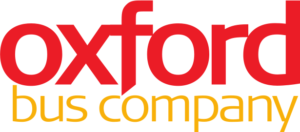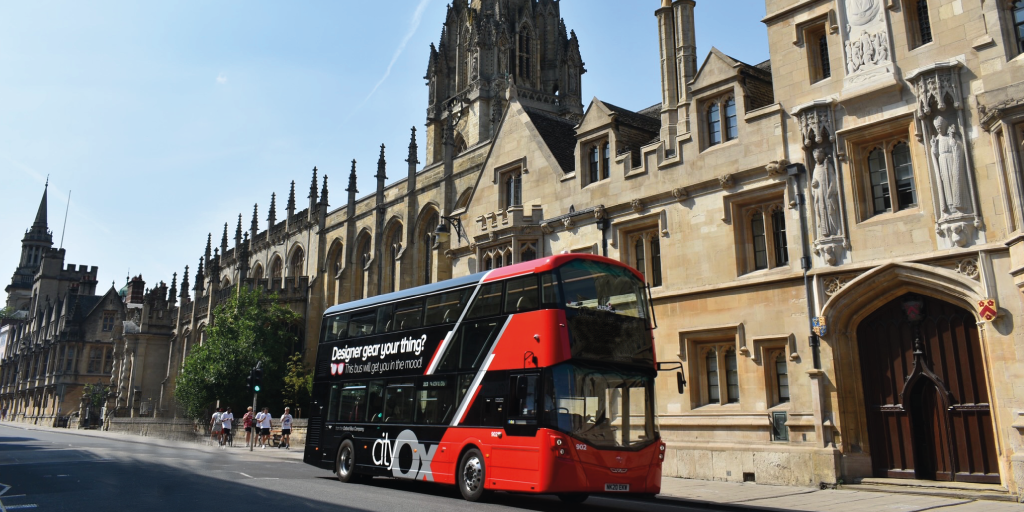
It’s time for change to future-proof Oxford’s Road Network
The scale of change needed to make Oxford’s transport infrastructure work can seem overwhelming.
There are multiple solutions to consider on how we can create a free-flowing, low-carbon city to enjoy. But the big positive is that we have a once-in-a-lifetime opportunity to get this right for our community and future generations.
Congestion is crippling Oxford. If nothing is done, air quality will get worse, public transport will slowly become unsustainable and this will impact on the economic vitality of our beloved Oxford city.
Our city5 journey time from Oxford Station to Blackbird Leys and back had increased by 16 minutes (22%) in seven years prior to the start of the pandemic. The introduction of the Cowley LTNs has added a further 7 to 8 minutes during afternoon school times, so a 33% increase on 2013 levels in total. Similar impacts have been seen on services to Morrell Avenue, London Road and Marston Road.
Whilst LTNs improve air quality and encourage people to walk, cycle and use bus services, the flipside is they can push traffic onto main roads and cause delays to buses. In the example of East Oxford, at the moment LTNs are creating traffic jams and bus delays at peak times that previously were not present.
This is making maintaining our frequency of some services impossible and therefore we are having to reduce timetables in some areas to improve reliability. This will be the start of a vicious circle, so we need a plan to support the bus and encourage long-term behaviour change. The proposals to reduce traffic will help.
Traffic filters, often referred to as ‘bus gates’ have received a lot of bad press, along with LTNs. However, the key to creating a successful transport system is ensuring all measures work ‘hand in glove’ together. If the proposed six traffic filters are introduced, along with other measures in the right areas, we can achieve positive change.
The ambition to deliver a zero-emission bus fleet in Oxford is dependent on improving bus journey times by 10% against pre-pandemic levels, to ensure we can make the huge investment in 159 electric buses and charging equipment financially viable. If we do nothing, Oxford will miss the opportunity to deliver this step change towards the ambition of becoming carbon neutral by 2040.
We are not calling for an end to using private vehicles. The key is making sure more sustainable modes of travel are attractive alternatives, so there is less need to use cars. To make bus travel more appealing we need bus journeys to be faster, so bus can be an attractive alternative to the car.
Congestion impacts all of us and the proposed trial will provide an opportunity to establish whether the proposals can deliver the change Oxford needs to remain an attractive place to live, work and visit.
More in Private Transport
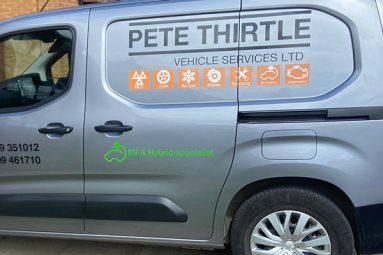
Reliable Vehicle Servicing and Repairs with Pete Thirtle
When it comes to maintaining and repairing your vehicle, trust and expertise are paramount. That’s why Pete Thirtle Vehicle Services stands out as one of the go-to independent garage for drivers in Bicester, Oxford, and the surrounding areas. With a reputation built on honesty, reliability, and top-tier service, Pete can ensure that your vehicle receives the best care possible. B4’s CEO, Richard Rosser, shines the spotlight on the ultra-reliable, Pete Thirtle.
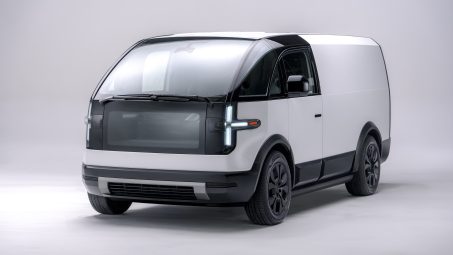
Pioneering US-based Canoo Inc’s versatile electric vehicle experience arrives at Bicester...
Canoo Inc, a US-based company which has created revolutionary multi-purpose platforms and digital ecosystems that are transforming the automotive industry for the entire vehicle lifecycle, has selected Bicester Motion, the 444-acre future mobility estate in Bicester, Oxfordshire, as its UK commercial operations and activation centre.

Oxford Brookes hosts event looking at the future of autonomous transport
The future of transport and the challenges facing the development of smart, connected and autonomous vehicles was discussed at a two-day event at Oxford Brookes University earlier this month.
From this author
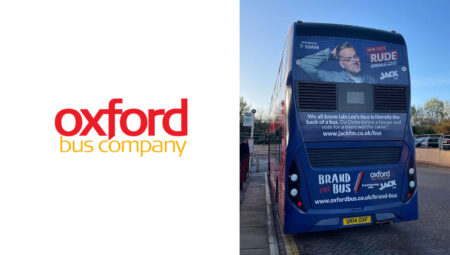
BRAND THE BUS! JACKPOT INCREASED IN HUGE BONUS FOR GOOD CAUSES
The first prize in Oxford Bus Company’s Brand the Bus! 2023 competition has just got even bigger, thanks to a new partnership.
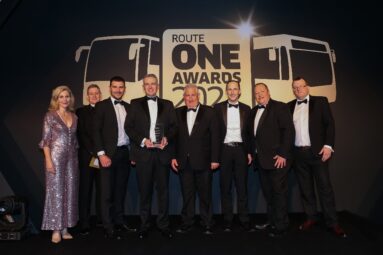
OXFORD BUS COMPANY SCOOP ACCOLADE AT INDUSTRY AWARDS
The Oxford Bus Company has been recognised for its customer facing technology innovations, in a prestigious national industry award.
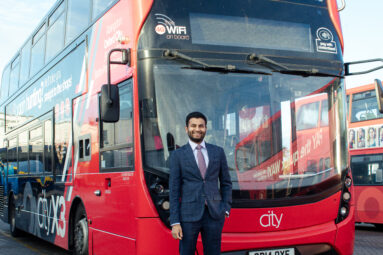
Oxford Bus Company invests in graduates to inspire the next generation...
Glenn De Sousa progressed from graduate trainee to manager inside a year – after getting on-board Oxford Bus Company’s graduate training scheme.


